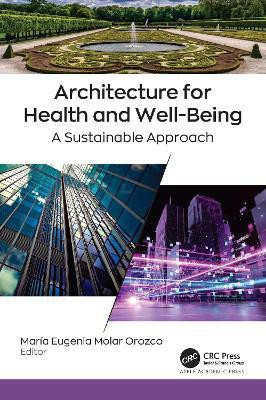Architecture for Health and Well-Being(English, Hardcover, unknown)
Quick Overview
Product Price Comparison
This book explores the importance of architecture designed for the well-being of users. The creation of healthy architecture involves aspects of design, materials, environmental parameters, and intended use of both outdoor and indoor spaces to facilitate a healthy environment. The book provides a unique perspective on architecture that promotes the welfare and security of those using the space, which has proved especially important during the recent COVID-19 pandemic wherein many people were confined indoors. Each chapter in the volume explains from a different angle a topic that takes into consideration how to provide benefit to human beings to achieve a better quality of life within constructions. The first part of the volume provides an overview of the role of architecture to achieve well-being. The book goes on to discuss how to adapt spaces to address urban thermal environments. The book also looks at the use of alternative materials with disinfectant characteristics, which is an important consideration during pandemics and for general health every day. The issue of affordable housing with resilient designs is also addressed as are how the use of good logistics produces healthy spaces. Key features: Describes design conditions that enhance quality of life Considers architectural design for maximizing comfort conditions in different types of climate Reviews the characteristics of materials that contribute to healthy construction Provides attractive ideas on how to create spaces in an organic way Architecture for Health and Well-Being: A Sustainable Approach helps to provide answers to the question of how can we design, plan, and sustain built environments that will foster health and healing. It provides basic information with the aim to generate change in attitudes in those who architectural designers, architectural researchers, city planners, and others.


